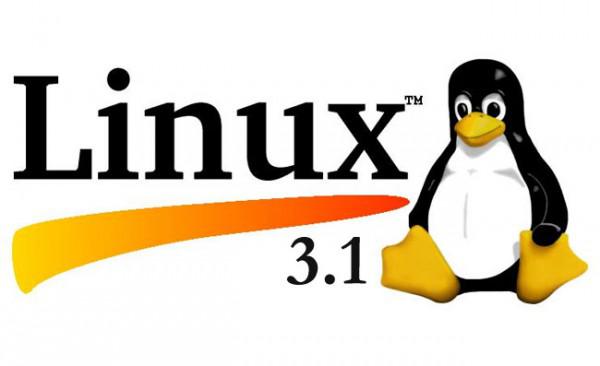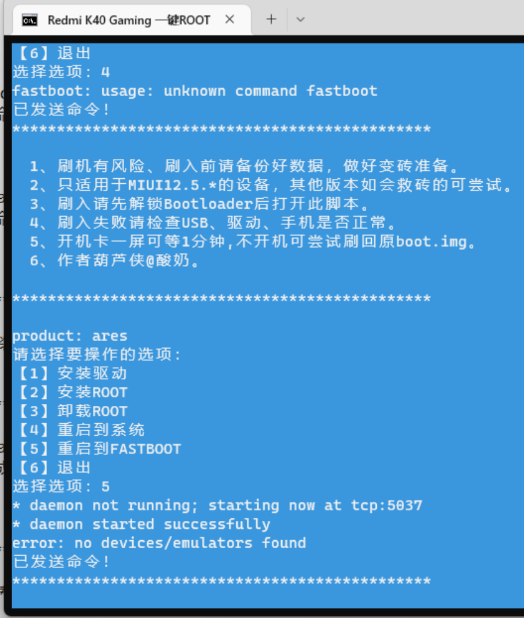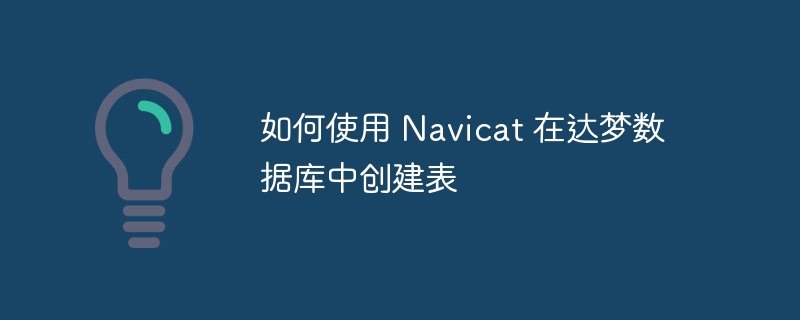? 支持在單個字符串中指定的多語句的執行。要想與給定的連接一起使用該功能,打開連接時,必須將標志參數中的client_multi_statements選項指定給mysql_real_connect()。也可以通過調用mysql_set_server_option(mysql_option_multi_statements_on),為已有的連接設置它。
常用套路:
/*?Connect?to?server?with?option?CLIENT_MULTI_STATEMENTS?*/ mysql_real_connect(...,?CLIENT_MULTI_STATEMENTS); /*?Now?execute?multiple?queries?*/ mysql_query(mysql,"DROP?TABLE?IF?EXISTS?test_table; ???????????????????CREATE?TABLE?test_table(id?INT); ???????????????????INSERT?INTO?test_table?VALUES(10); ???????????????????UPDATE?test_table?SET?id=20?WHERE?id=10; ???????????????????SELECT?*?FROM?test_table; ???????????????????DROP?TABLE?test_table"); do { ??/*?Process?all?results?*/ ??... ??printf("total?affected?rows:?%lld",?mysql_affected_rows(mysql)); ??... ??if?(!(result=?mysql_store_result(mysql))) ??{ ?????printf(stderr,?"Got?fatal?error?processing?queryn"); ?????exit(1); ??} ??process_result_set(result);?/*?client?function?*/ ??mysql_free_result(result); }?while?(!mysql_next_result(mysql));
具體看代碼:
#include?<stdio.h> #include?<stdlib.h> #include?<string.h> #include?<dlfcn.h> #include?<mysql> #include?<stdio.h> #include?<stdlib.h> #include?<unistd.h> #include?<string.h> #include?<errno.h> #include?<termios.h> #include?<mysql> void?process_result_set(MYSQL???????*mysql,?MYSQL_RES?*result) { ????????int?i?=0; ????????unsigned?int?fieldnum; ????????//從結果集,獲取表頭信息 ????????MYSQL_FIELD?*fields?=?mysql_fetch_fields(result); ????????fieldnum?=?mysql_field_count(mysql); ????????for?(i=0;?i<fieldnum int status create insert update select drop>0?=?error,?0?=?yes?(keep?looping)?*/ ????????if?((status?=?mysql_next_result(mysql))?>?0) ????????????????printf("Could?not?execute?statementn"); ????}?while?(status?==?0); ????mysql_close(mysql); }</fieldnum></mysql></termios.h></errno.h></string.h></unistd.h></stdlib.h></stdio.h></mysql></dlfcn.h></string.h></stdlib.h></stdio.h>
以上就是MySQL入門之一次函數調用執行多條語句的內容,更多相關內容請關注PHP中文網(www.php.cn)!
? 版權聲明
文章版權歸作者所有,未經允許請勿轉載。
THE END


















